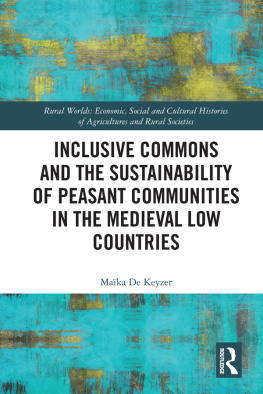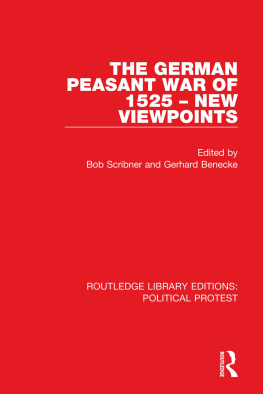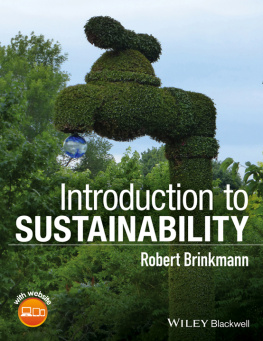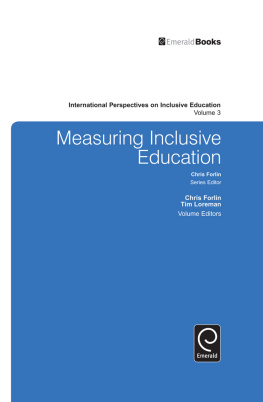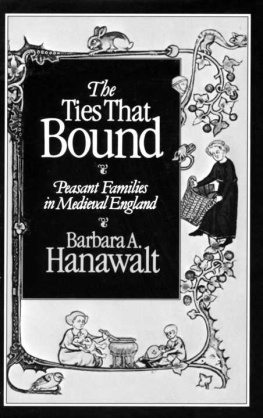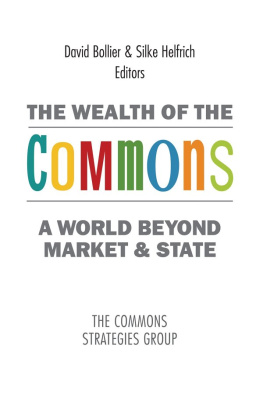Inclusive Commons and the Sustainability of Peasant Communities in the Medieval Low Countries
Is inclusiveness in the commons and sustainability a paradox? Late medieval and Early Modern rural societies encountered ever-growing challenges because of growing population pressure, urbanisation and commercialisation. While some regions went along this path and commercialised and intensified production, others sailed a different course, maintaining communal property and managing resources via common pool resource institutions. To prevent overexploitation and free riding, it was generally believed that strong formalised institutions, strict access regimes and restricted use rights were essential.
By looking at the late medieval Campine area, a sandy, infertile and fragile region, dominated by communal property and located at the core of the densely populated and commercialised Low Countries, it has become clear that sustainability, economic success and inclusiveness can be compatible. Because of a balanced distribution of power between smallholders and elites, strong property claims, a predominance of long-term agricultural strategies and the vitality of informal institutions and conflict resolution mechanisms, the Campine peasant communities were able to avert ecological distress while maintaining a positive economic climate.
Maka De Keyzer is a historian affiliated with the Department of History and Art History at Utrecht University, working within the ERC project Coordinating for Life.
Rural Worlds: Economic, Social and Cultural Histories of Agricultures and Rural Societies
Series Editor: Richard W. Hoyle(University of Reading, UK)
Series Advisory Board: Paul Brassley(University of Exeter, UK),R. Douglas Hurt(Purdue University, USA), Leen Van Molle(KU Leuven, Belgium), Mats Morell(Stockholm University, Sweden), Phillipp Schofield(Aberystwyth University, UK), Nicola Verdon(Sheffield Hallam University, UK), and Paul Warde(University of East Anglia, UK)
We like to forget that agriculture is one of the core human activities. In historic societies most people lived in the countryside: a high, if falling proportion of the population were engaged in the production and processing of foodstuffs. The possession of land was a key form of wealth: It brought not only income from tenants but prestige, access to a rural lifestyle and often political power. Nor could government ever be disinterested in the countryside, whether to maintain urban food supply, as a source of taxation, or to maintain social peace. Increasingly it managed every aspect of the countryside. Agriculture itself and the social relations within the countryside were in constant flux as farmers reacted to new or changing opportunities, and landlords sought to maintain or increase their incomes. Moreover, urban attitudes to the landscape and its inhabitants were constantly shifting.
These questions of competition and change, production, power and perception are the primary themes of the series. It looks at change and competition in the countryside: social relations within it and between urban and rural societies. The series offers a forum for the publication of the best work on all of these issues, straddling the economic, social and cultural, concentrating on the rural history of Britain and Ireland, Europe and its colonial empires, and North America over the past millennium.
Transforming the Countryside
The Electrification of Rural Britain
Edited by Paul Brassley, Jeremy Burchardt, and Karen Sayer
Rockites, Magistrates and Parliamentarians
Governance and Disturbances in Pre-Famine Rural Munster
Shunsuke Katsuta
Inclusive Commons and the Sustainability of Peasant Communities in the Medieval Low Countries
Maka De Keyzer
For more information about this series, please visit: www.routledge.com/history/series/RW
Inclusive Commons and the Sustainability of Peasant Communities in the Medieval Low Countries
Maka De Keyzer

First published 2018
by Routledge
711 Third Avenue, New York, NY 10017
and by Routledge
2 Park Square, Milton Park, Abingdon, Oxon OX14 4RN
Routledge is an imprint of the Taylor & Francis Group, an informa business
2018 Taylor & Francis
The right of Maka De Keyzer to be identified as author of this work has been asserted by her in accordance with sections 77 and 78 of the Copyright, Designs and Patents Act 1988.
All rights reserved. No part of this book may be reprinted or reproduced or utilised in any form or by any electronic, mechanical, or other means, now known or hereafter invented, including photocopying and recording, or in any information storage or retrieval system, without permission in writing from the publishers.
Trademark notice: Product or corporate names may be trademarks or registered trademarks, and are used only for identification and explanation without intent to infringe.
Library of Congress Cataloging-in-Publication Data
A catalog record for this book has been requested
ISBN: 978-1-138-05404-2 (hbk)
ISBN: 978-1-315-16706-0 (ebk)
Typeset in Sabon
by Apex CoVantage, LLC
To my parents and grandmother
Contents
BP | Before Present |
CPI | Common Pool institution |
CPR | Common Pool Resource |
Ha | Hectare |
Kg | Kilogramme |
OSL | Optically Stimulated Luminescence |
1 hectare = 2.47 acre
1 square kilometre = 247 acre
1 kg = 2.2 pound
1 viertel = 79.6 litre of rye
Money
1 pond = 20 schellingen
1 schelling = 12 denier/penningen
1 gulden = 20 stuiver
1 stuiver = 2 groten
In the 1550s one viertel (or 79.6 litre) of rye could be bought for 71 groten.
I have a lot of people to thank. First, I want to thank Tim Soens for giving me the opportunity to start my academic career and guiding me through the process of writing this book. The history department of the University of Antwerp, with its environmental and rural history group, was the most supportive and fruitful place to explore the success and sustainability of pre-modern commons. I want to thank Eline Van Onacker in particular as my companion de route, who has explored the Campine past with me and has read and improved all of my work for the last couple of years. Many thanks to Bas van Bavel, for providing the stimulating environment for my postdoc position, which has greatly influenced this book in the revision stage. For this entire endeavour, I have to gratefully acknowledge the financial support offered by the FWO and ERC (Coordinating for Life Project). My gratitude also goes to the editors of Routledge and the Rural World series and the anonymous reviewers. Their instructive comments have greatly improved this book and made the publication possible. Finally, I want to thank my parents, grandmother and husband for their endless support.
Parts of this book were originally published as Maka De Keyzer, All we are is dust in the wind: The social causes of a subculture of coping in the late medieval coversand belt,

